4 min read
NASA/JPL-Caltech
December 24, 2004, was no silent night in the Space Flight Operations Facility at NASA's Jet Propulsion Laboratory. Members of the Cassini team, clad in Santa hats and nibbling red and green peanut M&Ms, gathered in the control room for a mission-critical task -- releasing the European Huygens probe from its berth and sending it toward an historic rendezvous with Saturn's giant moon, Titan.
"The mood was incredibly festive," said Julie Webster, Cassini's chief engineer.
But, as with any critical spacecraft maneuver, there was tension in the room.

"The mood was tempered with a cautious optimism as we waited for one of the most crucial events of the mission; a successful probe release," said Earl Maize, Cassini's current program manager and a deputy project manager at the time.
After a busy month of preparation, mission planners called a "go" for release of the probe from its berth on the Cassini orbiter on Dec. 24, 2004 at 6 p.m. PST (2 a.m. UTC on December 25). The maneuver put Huygens on course for a 20-day cruise to Titan and a Jan. 14, 2005 touchdown on the moon's then mysterious surface -- the most distant landing in our solar system to date.
"With a good release, Huygens would be perfectly targeted for Titan entry. A bad release would compromise or potentially cost us the mission," Maize said.
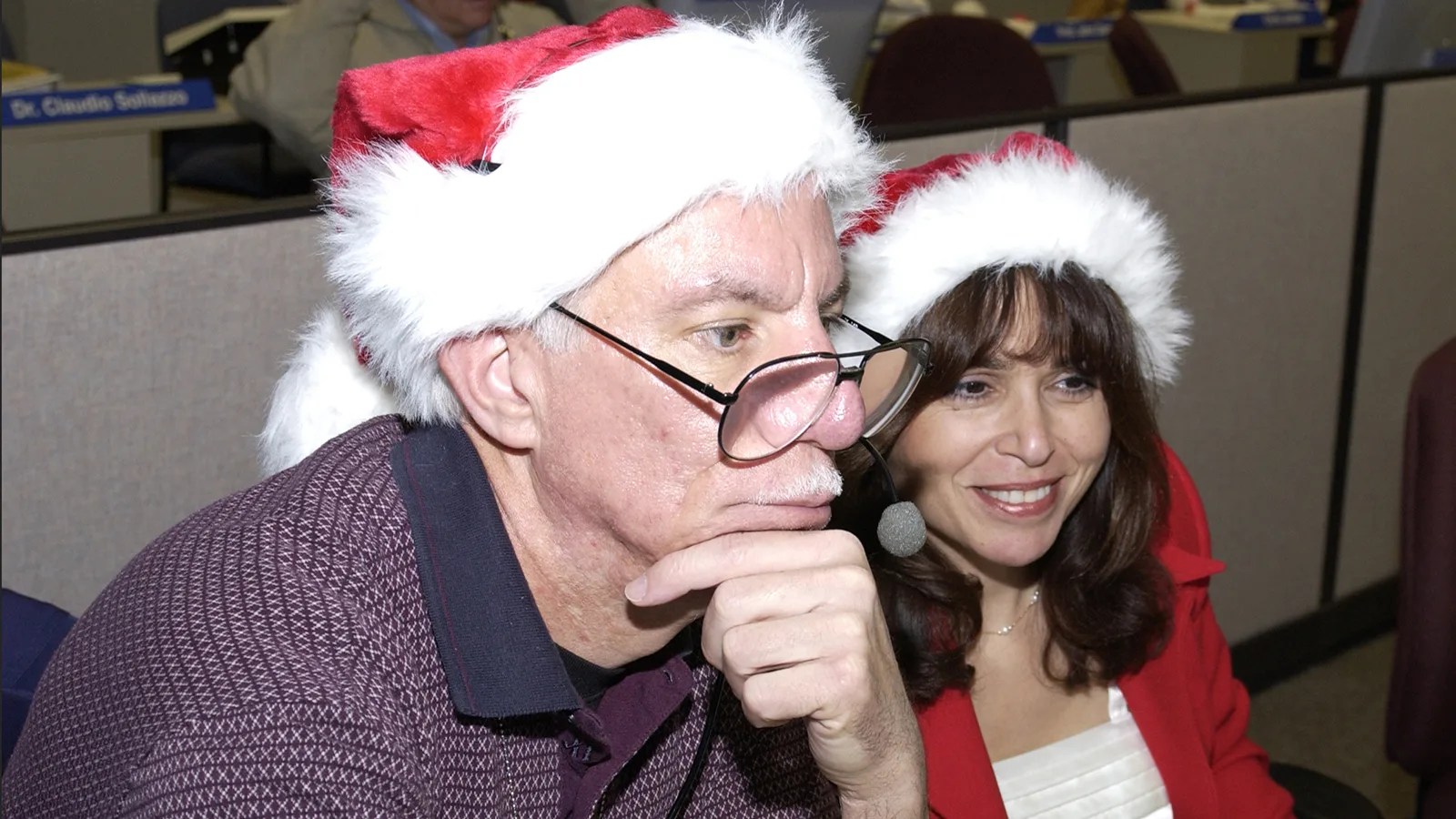 Holidays in Space: In space, things happen when they happen -- regardless of earthly holidays. For Huygens, the key release sequence fell on Christmas Eve in California; for team members in Europe, it was the wee hours of Christmas Day. Credit: NASA/JPL-Caltech
Holidays in Space: In space, things happen when they happen -- regardless of earthly holidays. For Huygens, the key release sequence fell on Christmas Eve in California; for team members in Europe, it was the wee hours of Christmas Day. Credit: NASA/JPL-Caltech T-Minus 20 Minutes: Conditions are set and hardware configured on both spacecraft. Back on Earth, conditions included festive red and green peanut M&Ms - standing in for JPL's traditional lucky peanuts. Lucky peanuts are a frequent NASA tradition at critical mission events. Credit: NASA/JPL-Caltech
T-Minus 20 Minutes: Conditions are set and hardware configured on both spacecraft. Back on Earth, conditions included festive red and green peanut M&Ms - standing in for JPL's traditional lucky peanuts. Lucky peanuts are a frequent NASA tradition at critical mission events. Credit: NASA/JPL-Caltech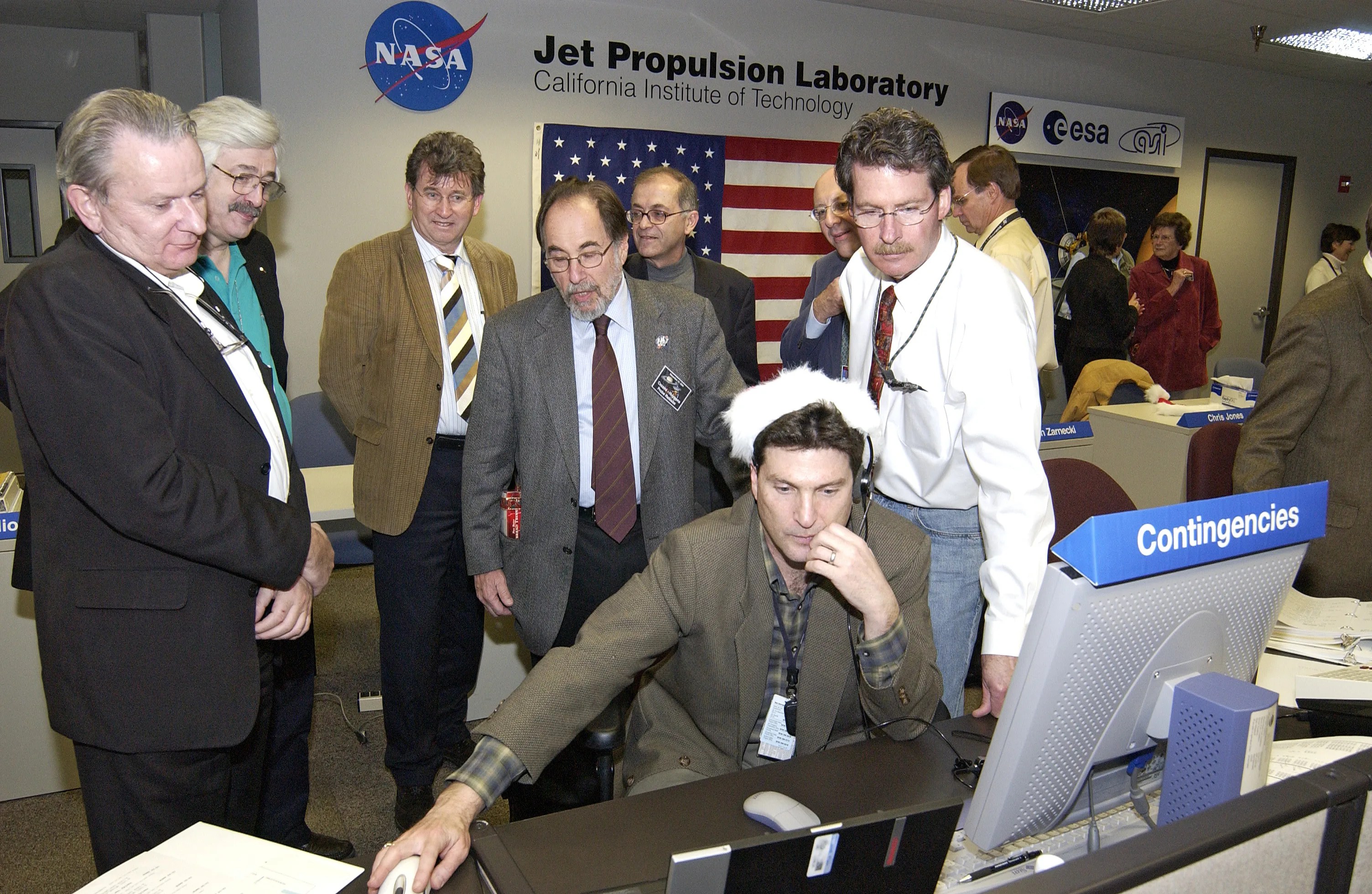 T-Minus 16 Minutes: The Cassini orbiter turns quickly to its probe release position.
T-Minus 16 Minutes: The Cassini orbiter turns quickly to its probe release position.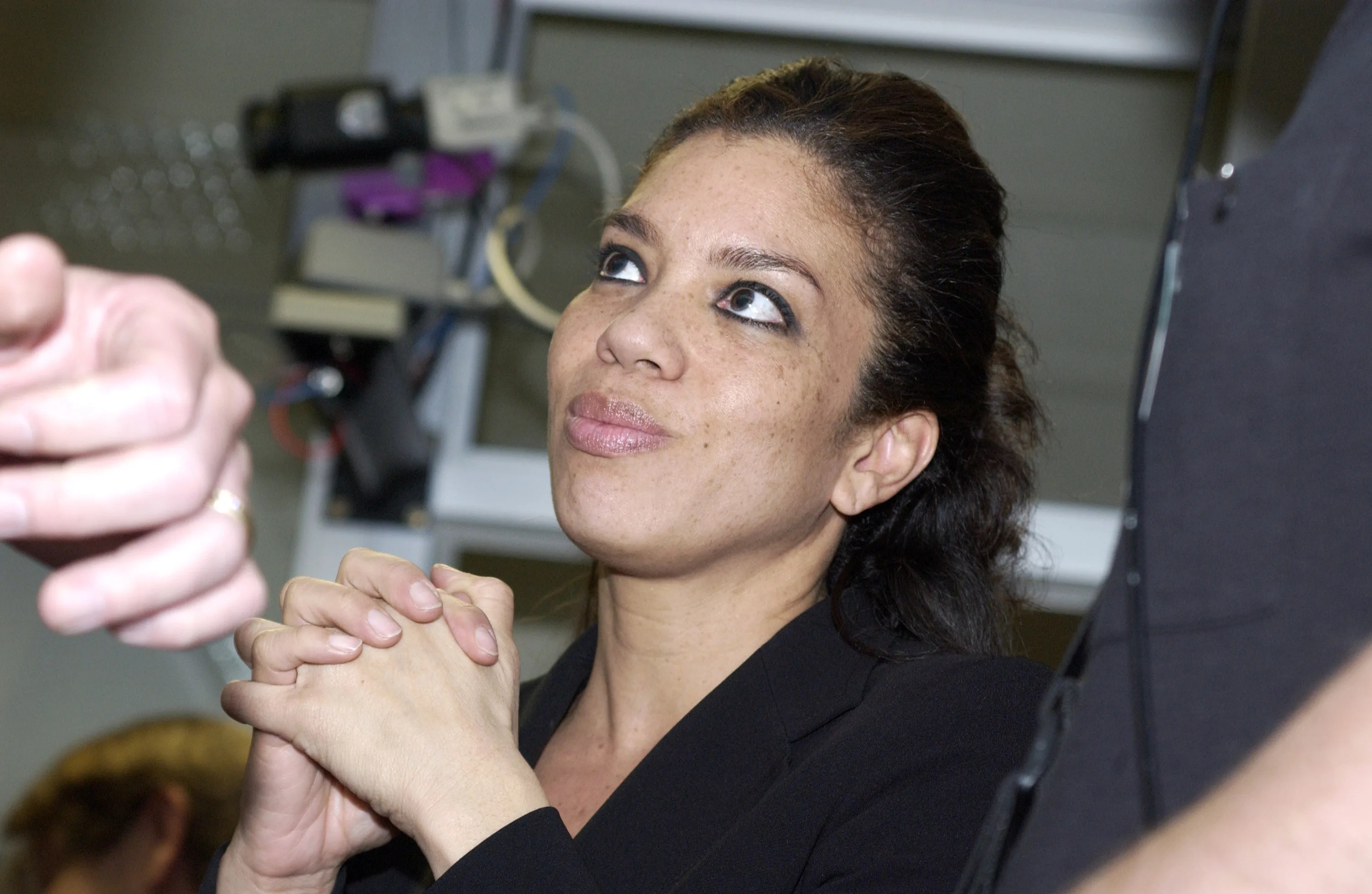 T-Minus 10 Seconds: Cassini's thrusters are shut off to avoid the possibility of damaging Huygens. Credit: NASA/JPL-Caltech
T-Minus 10 Seconds: Cassini's thrusters are shut off to avoid the possibility of damaging Huygens. Credit: NASA/JPL-Caltech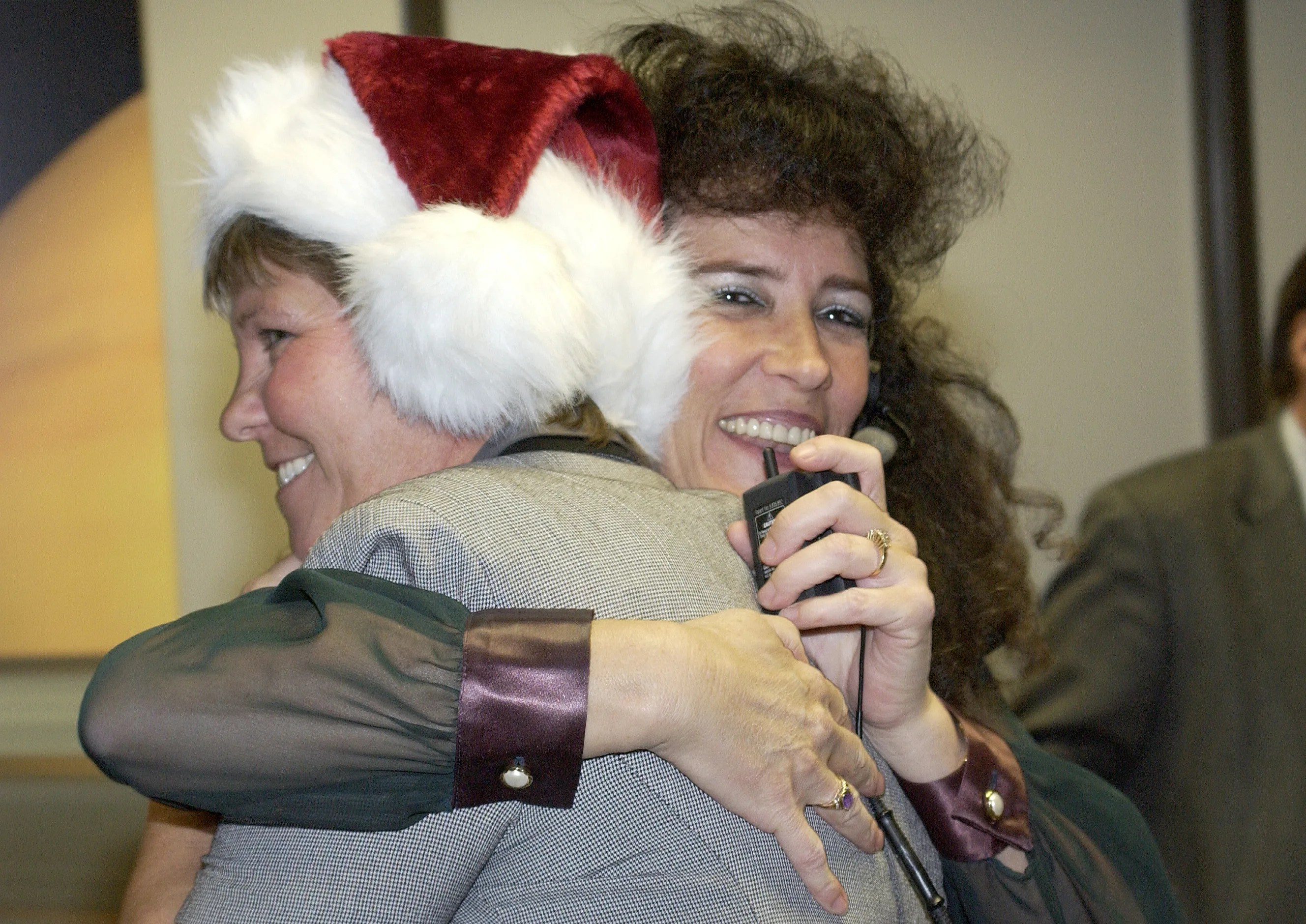 T-Minus Zero: Huygens detaches from Cassini. "After release, we at JPL couldn’t have been more ecstatic," Maize said. "The release was flawless!" Credit: NASA/JPL-Caltech
T-Minus Zero: Huygens detaches from Cassini. "After release, we at JPL couldn’t have been more ecstatic," Maize said. "The release was flawless!" Credit: NASA/JPL-Caltech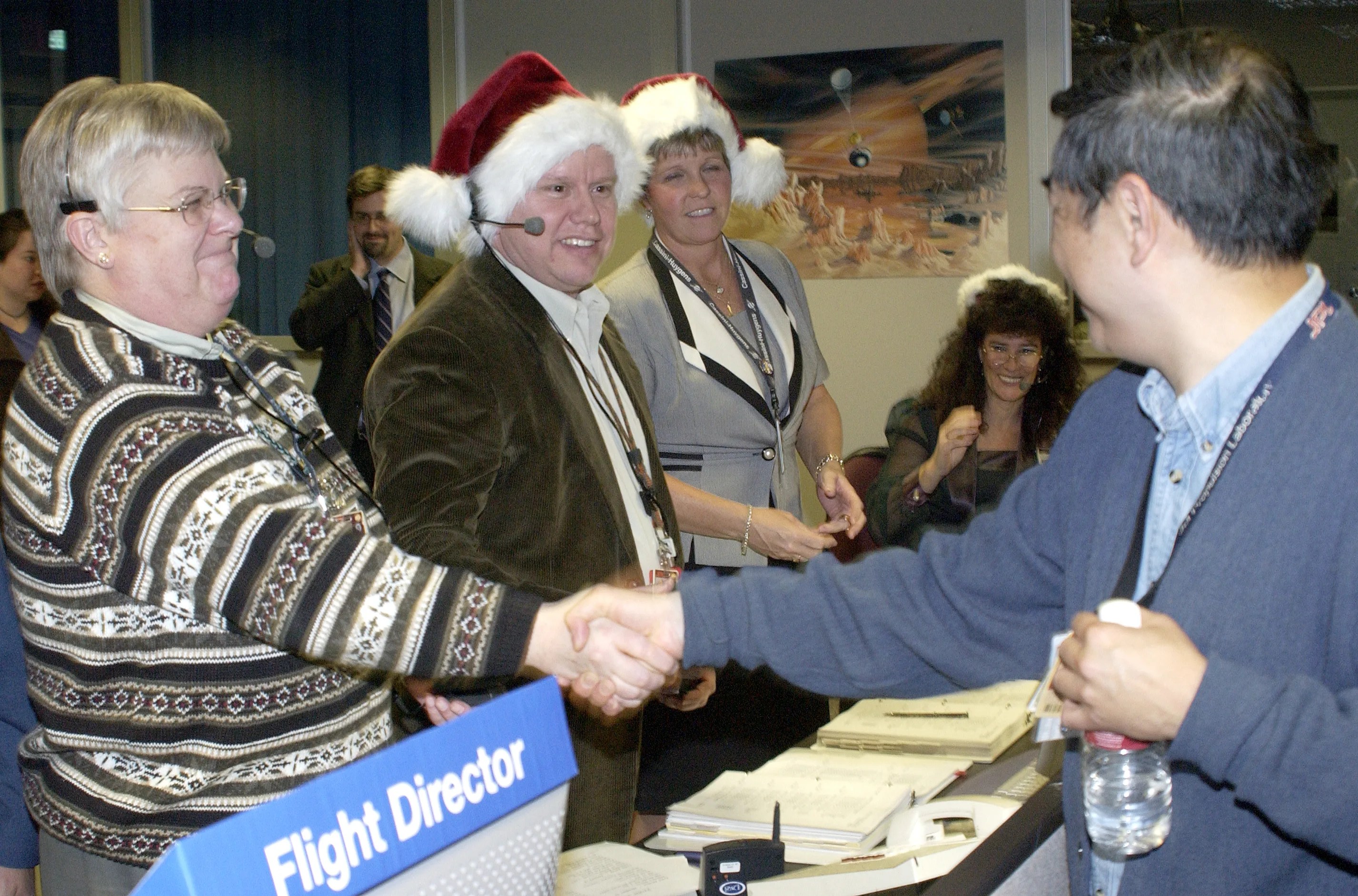 T-Minus Zero: Huygens becomes a second spacecraft flying through the Saturnian system. The probe is set to land on Titan, Saturn's largest moon, on Jan. 14, 2005. Credit: NASA/JPL-Caltech
T-Minus Zero: Huygens becomes a second spacecraft flying through the Saturnian system. The probe is set to land on Titan, Saturn's largest moon, on Jan. 14, 2005. Credit: NASA/JPL-Caltech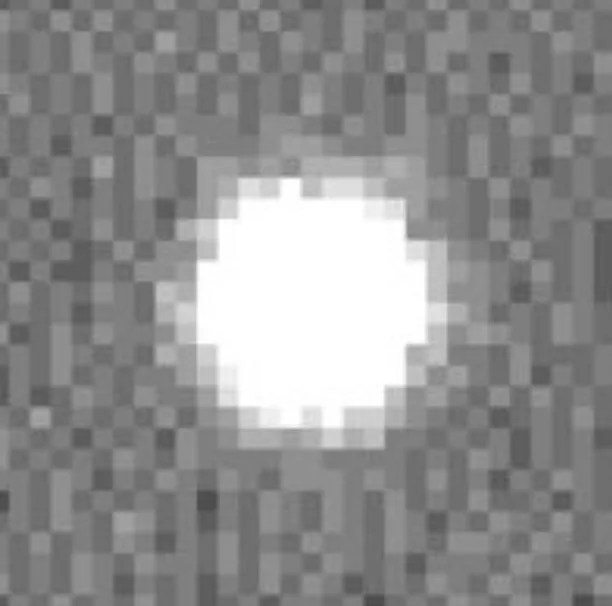 T-Plus 12 Hours: Cassini's cameras catch the outbound probe on its way to Titan. Credit: NASA/JPL-Caltech. Full image and caption
T-Plus 12 Hours: Cassini's cameras catch the outbound probe on its way to Titan. Credit: NASA/JPL-Caltech. Full image and caption
After the release, the team took a moment for themselves.
"We at JPL enjoyed a meal together before resuming the holidays with our families," Maize said.
"I still have the printout of the telemetry that showed probe release signed by the engineering team," Webster said.
But there was little time to rest on their laurels.
With Huygens coasting toward Titan, the team shifted to an even bigger task -- capturing and relaying the precious data Huygens was to send back during its long descent through Titan's mysterious, hazy atmosphere. A moment they had been working toward for nearly two decades was now just less than three weeks ahead.
Up Next: A detailed account of Huygen's historic descent (coming in January 2017).







